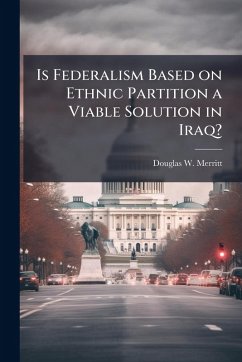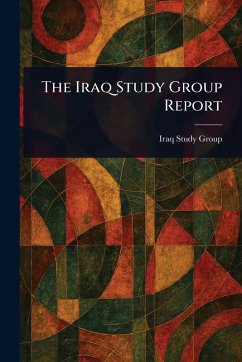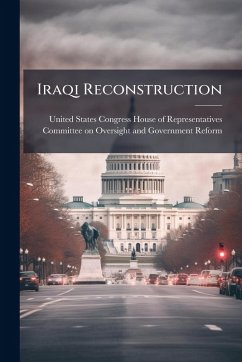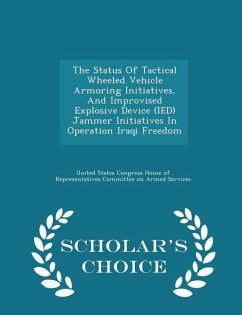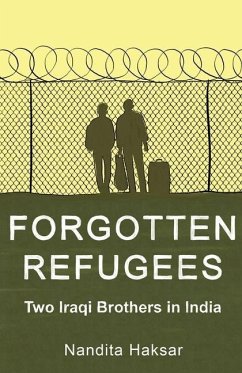
Iraqi Police Service and COMPSTAT
Applying the NYPD Crime Control Model to Restore Public Order in Iraq
Versandkostenfrei!
Versandfertig in über 4 Wochen
15,99 €
inkl. MwSt.

PAYBACK Punkte
8 °P sammeln!
The purpose of this monograph is to determine the applicability of the New York Police Department's (NYPD) COMPSTAT crime control model to restoring order in Iraq. The Iraqi Police Service (IPS) performs similar police functions to those executed by the NYPD. Although different in scope and scale, the conditions in Iraq today are comparable to those that existed in pre-1994 New York City. The country is inundated with firearms and explosives which are used in a continuous cycle of violence in order to achieve political, religious or criminal objectives. The cycle of violence is perpetrated by ...
The purpose of this monograph is to determine the applicability of the New York Police Department's (NYPD) COMPSTAT crime control model to restoring order in Iraq. The Iraqi Police Service (IPS) performs similar police functions to those executed by the NYPD. Although different in scope and scale, the conditions in Iraq today are comparable to those that existed in pre-1994 New York City. The country is inundated with firearms and explosives which are used in a continuous cycle of violence in order to achieve political, religious or criminal objectives. The cycle of violence is perpetrated by Sunni rejectionists bent on restoring their pre-invasion power base. They attempt to achieve this goal through attacks on coalition forces as well as Iraqi Security Forces and the majority Shia population. Foreign fighters seeking a caliphate in Iraq exacerbate the Sunni-Shia tensions. Shia militia groups avenge attacks on their members by conducting sectarian attacks against Sunni neighborhoods. In many parts of the country this cycle of violence has overwhelmed the IPS. These rival groups, armed with a seemingly endless supply of firearms and explosives, transit through public spaces to carry out their attacks. The IPS offers little protection in these public spaces, thus allowing the cycle to continue. The bulging, disenfranchised youth population in Iraq provides a ripe recruiting pool for all groups and many have taken an active role in the cycle of violence. Beset by fear and disorder, the Iraqi population cannot turn to the IPS due to a perception of corruption, militia infiltration or general incompetence. This cycle of violence is the prevailing condition in Iraq and the central challenge to IPS efforts to restore order. Pre-1994 New York was a city plagued by skyrocketing firearms related homicides and extensive fear and disorder. Disorder emanated from a loss of control of public spaces to criminal elements. These criminal elements often utilized truant youths to ca This work has been selected by scholars as being culturally important, and is part of the knowledge base of civilization as we know it. This work was reproduced from the original artifact, and remains as true to the original work as possible. Therefore, you will see the original copyright references, library stamps (as most of these works have been housed in our most important libraries around the world), and other notations in the work. This work is in the public domain in the United States of America, and possibly other nations. Within the United States, you may freely copy and distribute this work, as no entity (individual or corporate) has a copyright on the body of the work. As a reproduction of a historical artifact, this work may contain missing or blurred pages, poor pictures, errant marks, etc. Scholars believe, and we concur, that this work is important enough to be preserved, reproduced, and made generally available to the public. We appreciate your support of the preservation process, and thank you for being an important part of keeping this knowledge alive and relevant.






